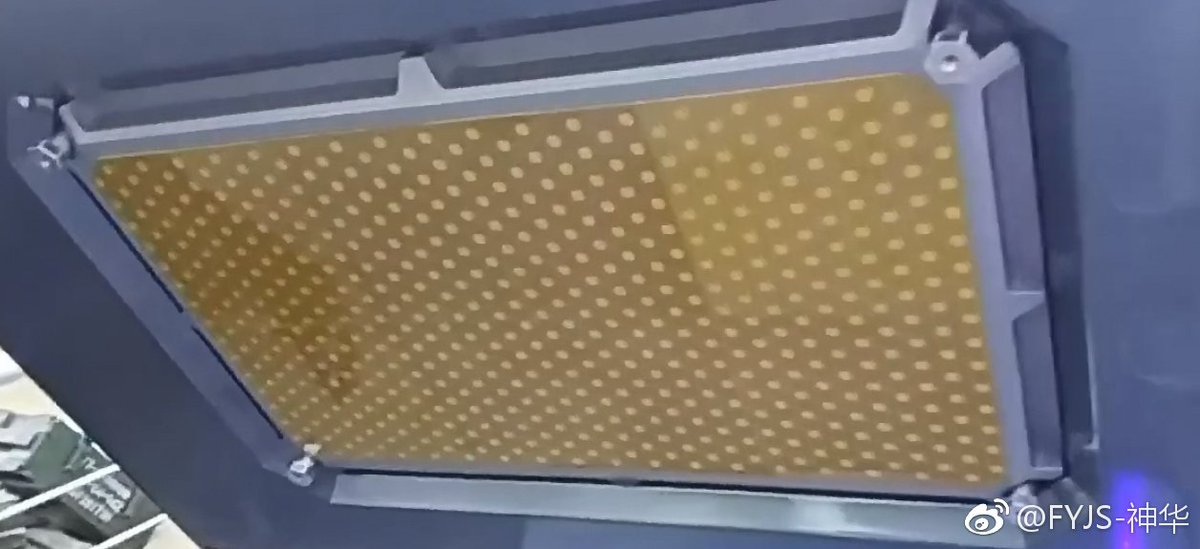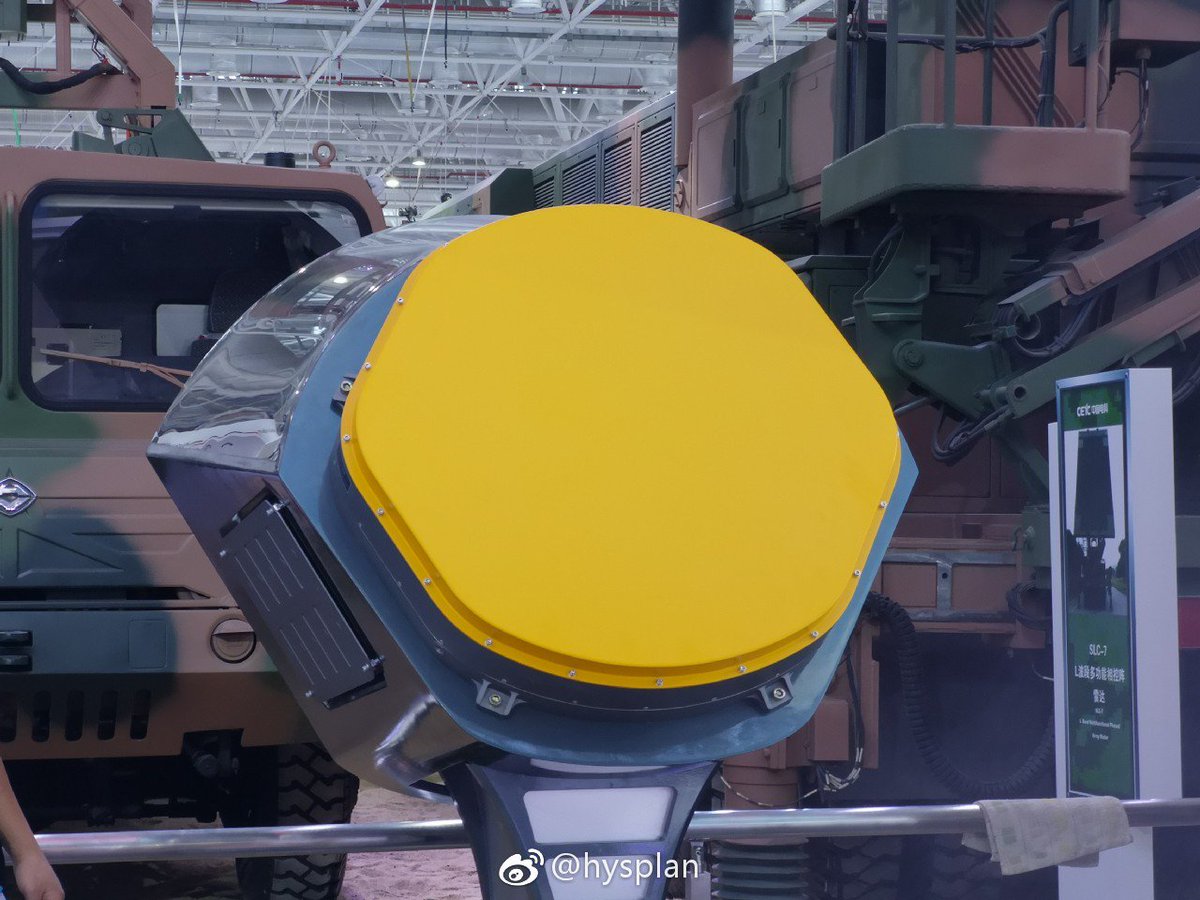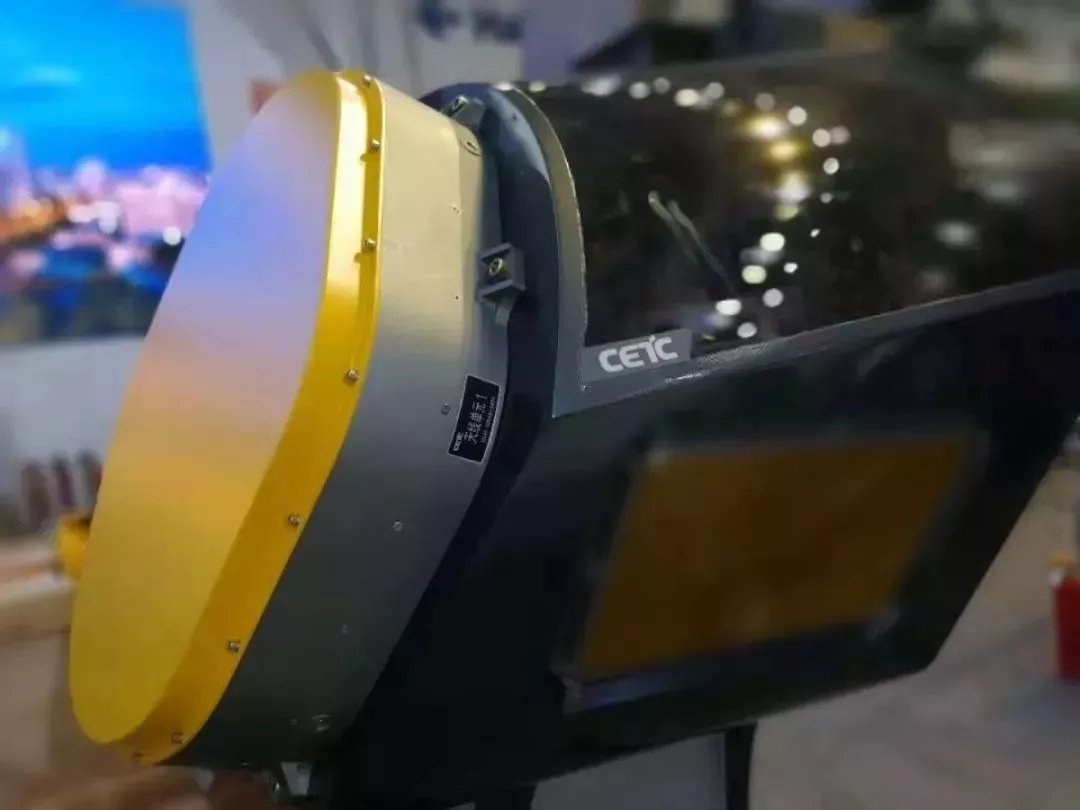Hendrik_2000
Lieutenant General
The side-looking array of KLJ-7A airborne AESA radar has near 600 T/R modules, in comparison, Su-57's side-looking N036B-1-01 X-band AESA radars has 358 T/R modules.









I said it's unlikely because I've not seen any indication this is true yet you are 100% certain they are a world leader. To know this, you need to know exactly how advanced UK research is in detail and ALSO exactly how advanced everyone else is. Therefore there's nothing wrong with what I said while it is nearly impossible for you to make your statement with any certainty because you are certainly not intimately working within UK research teams AS WELL AS China's and US' and etc etc to determine a "world leader" ranking or sorts. Sonar they are probably exceptionally good at but that's nearly everyone. Passive detection is king and those details are a black hole for every nation. Good luck making any comments about that and proving it.
As far as I'm aware (obviously this is based off limited knowledge because these things are never disclosed) UK does not have any projects. This doesn't mean they don't but there's never been a single news of breakthrough or potential and who is responsible for it, coming out of the UK whereas China's continuously demonstrated ability with quantum telecom and there's been heaps of rumours about new detection technologies. Then add the drastic differences in defense spending and related research spending between the two nations and it's likely that China is ahead in these regards. It also means that since China may not be world leader in these fields, if they are likely in front of the UK then that's to say UK is not at the forefront. BTW never did I say China's a world leader in these fields. Just that UK hasn't shown itself to be one. While this doesn't mean the reverse is true. I would bet as much as I can on this being the case. And following that pattern of reasoning, because Ethiopia hasn't claimed or shown any promise, it doesn't mean they don't have any and therefore they could really be a world leader? Well okay then. We'll see about it.
If the UK is world leader in virtually zero defense related technologies, you can bet your house they are not world leader in detection because these high end projects are far better suited to be conducted by the US. They have the talent, funding, and infrastructure advantage against the UK as a start. It makes little sense for the UK to be pouring resources into a relatively less important part of the their defense. Their main threat is Russia and there are far more pressing military hardware that could use the most funding and allocation of resources that will have priority over detection technologies. Sure they can come out with breakthroughs and sell them to all NATO but when's the last time UK has been ahead of the US in any major field? 70s? I dunno. Defense spending has gone down relative since then. I think Sampson is their most impressive piece of detection technology (software + hardware) and even that is not impressive against SPY-1 let alone SPY-6 and perhaps even Type 346B.
But please do enlighten me and provide me with some of that research. My small efforts have yielded zero impressive results from UK. They are well behind France and US in terms of technology and research. The only thing impressive is their actual armed forces and their equipment. Nothing breakthrough will come from the UK anymore because all of that is done by the US and why shouldn't it be. Back when they did amazing innovation in military gear was before completely cosying up with the US.
A quantum radar does essentially the same thing, but using photons that are “” together after a single beam of light is split in half. One of the two new beams passes through a converter that sends the particles traveling onward at a microwave frequency
This part does not make any sense in which is a physics impossibility.
Photons can only travel in frequency of light within the electro-magnetic spectrum that is what light is.
It can only be done is a controlled environment and not in vacuum. By the way, light and microwave travels at the same velocity since they are both electromagnetic phenomenon just on different spectrum due to different carrier medium.The wording of the article maybe off, but you can slow down the speed of light dramatically. It is fastest in a vacuum, and down from there onwards.
It can only be done is a controlled environment and not in vacuum. By the way, light and microwave travels at the same velocity since they are both electromagnetic phenomenon just on different spectrum due to different carrier medium.
It states in the article;Precisely (That's why I said "fastest in a vacuum, and down from there onwards"). It is the medium in which it travels. That's why we see Cherenkov radiation.
From what I could decipher, they have two entangled photons and they send one through a certain medium that slows it down. How this actually works and helps them detect stealth aircraft, I am not at all clear.
One of the two new beams passes through a converter that sends the particles traveling onward at a microwave frequency to bounce off objects like a normal radar.
